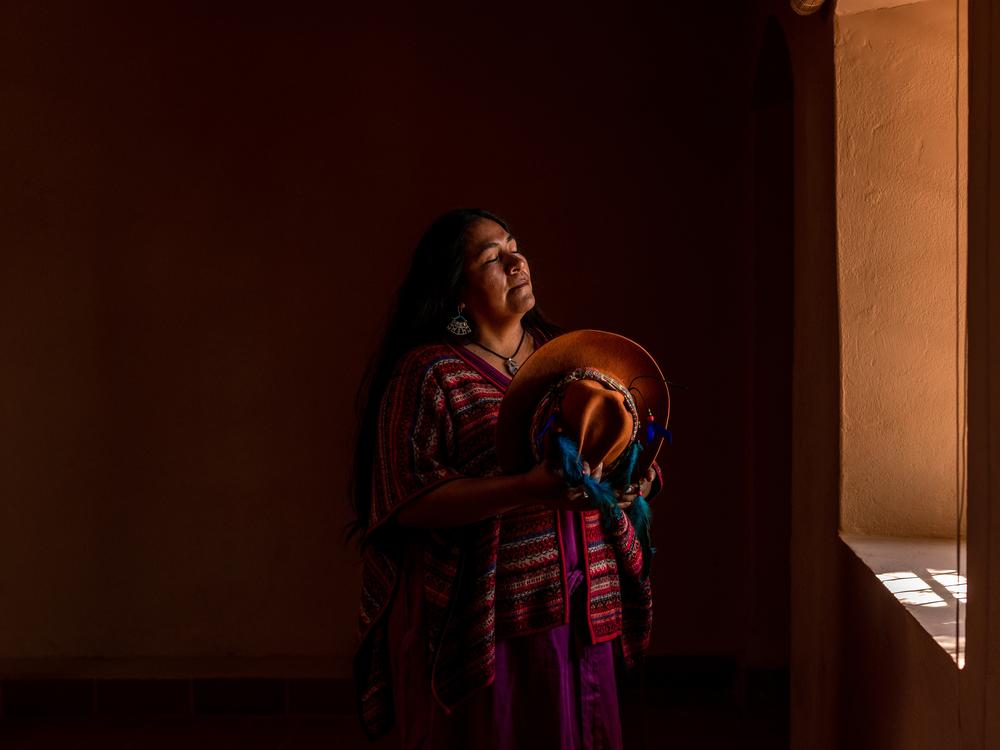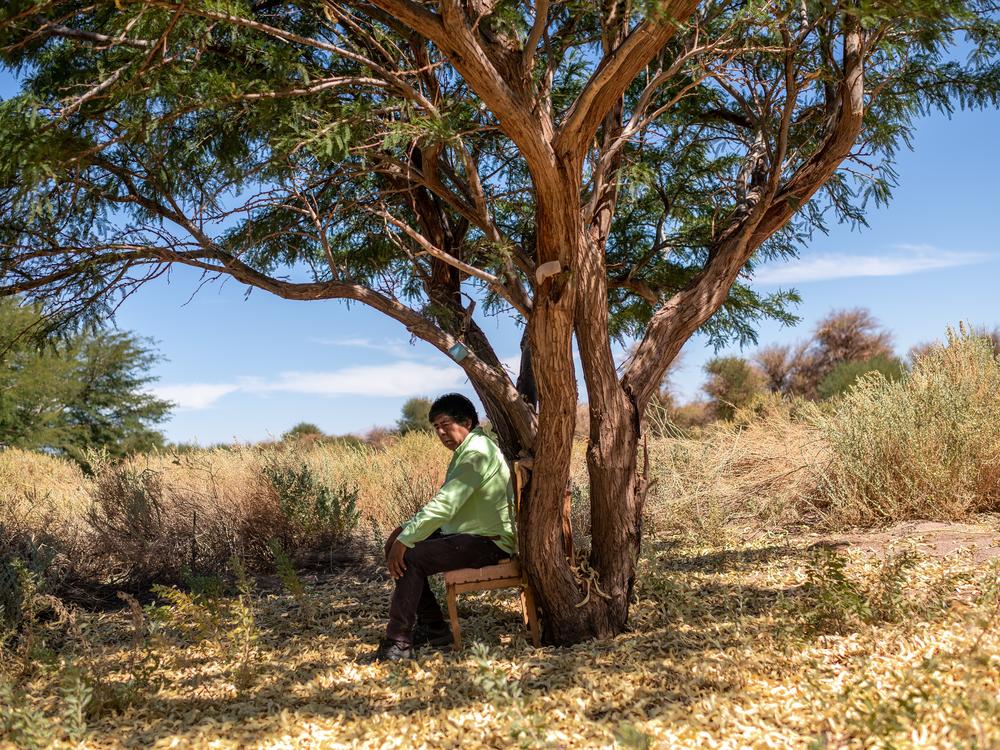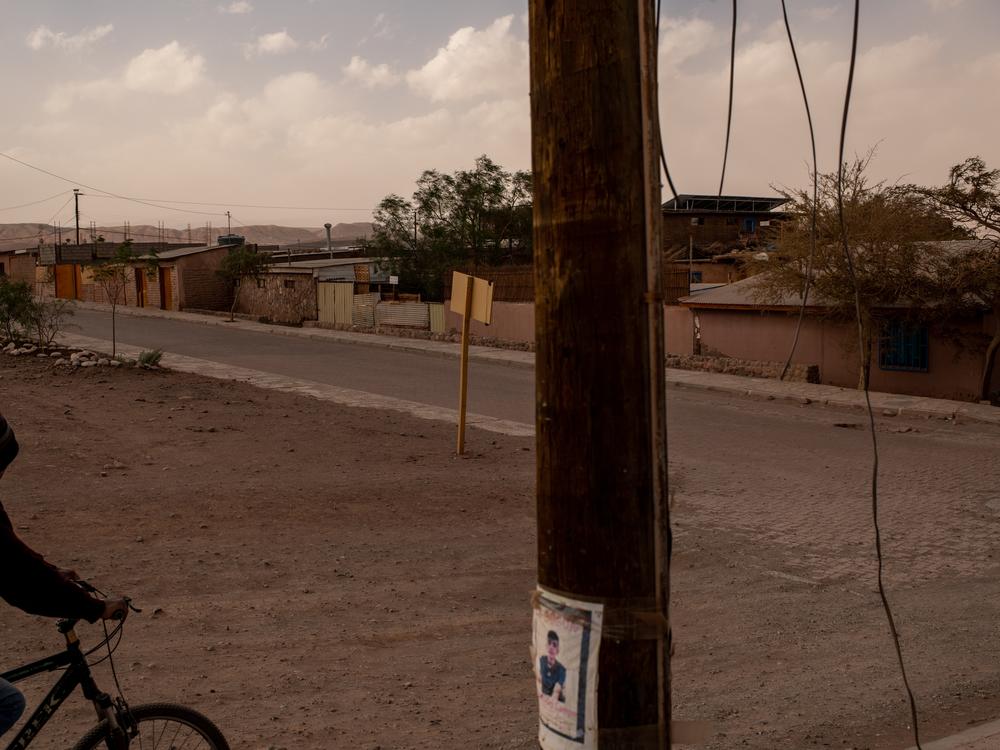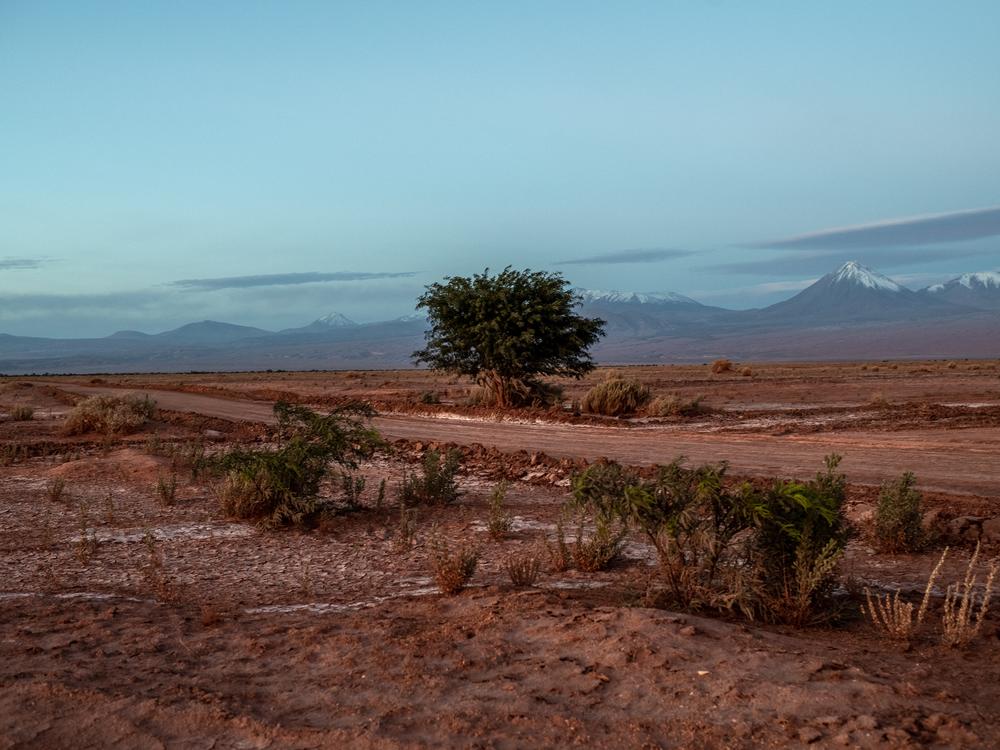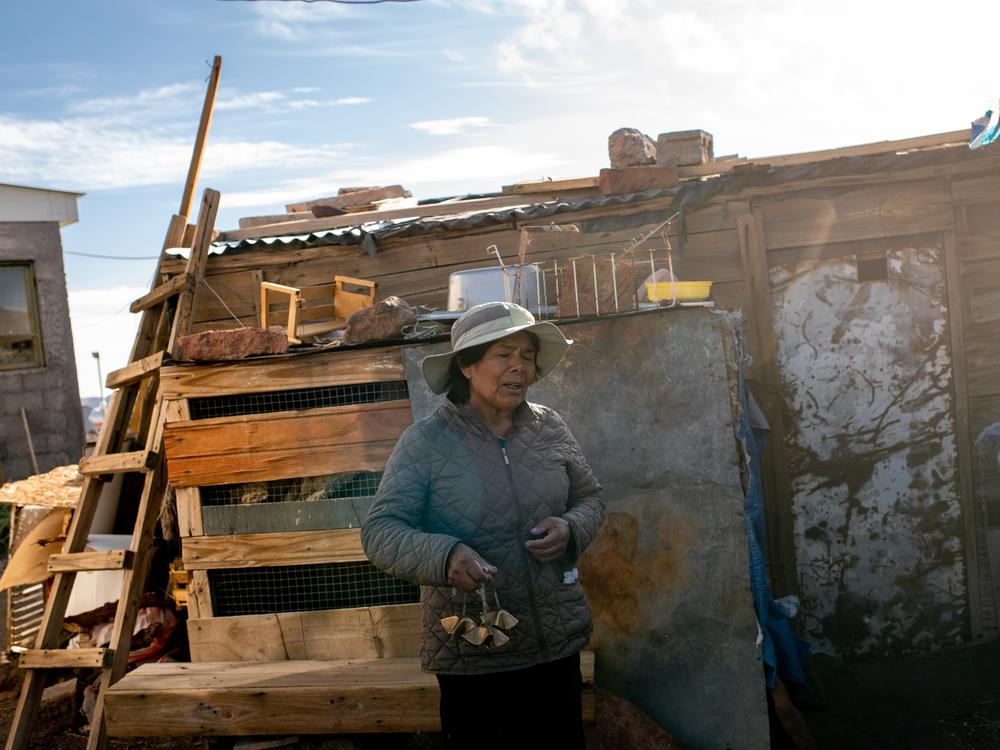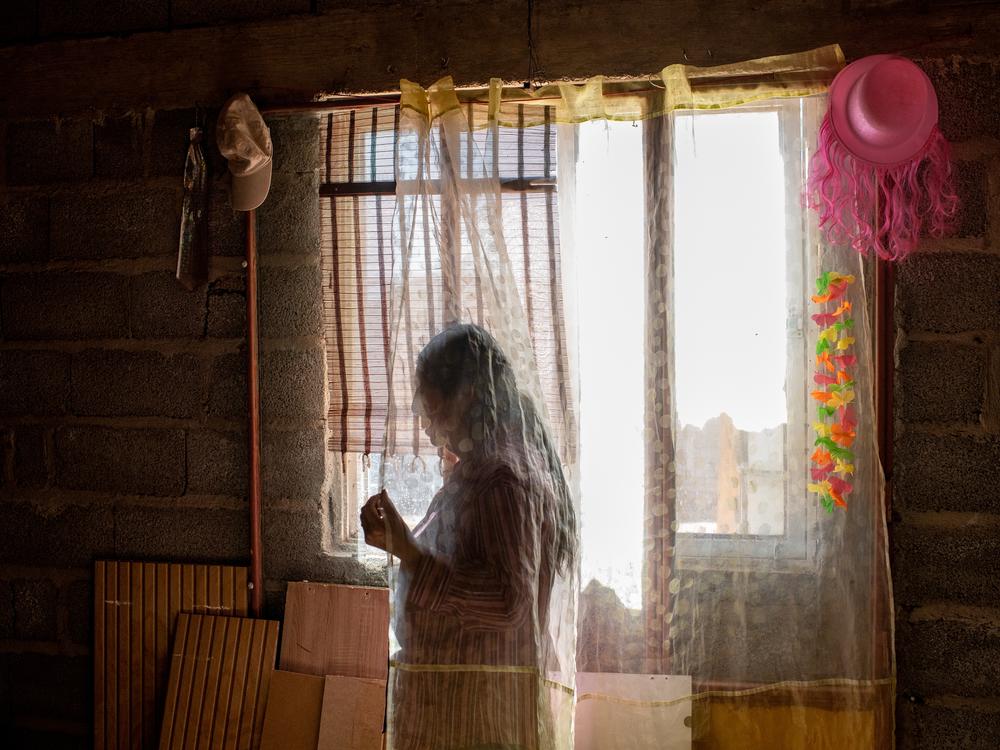Section Branding
Header Content
In Chile a language on the verge of extinction, stirs into life
Primary Content
SAN PEDRO DE ATACAMA, Chile -The dusty main street through San Pedro de Atacama, a tiny town of adobe bricks and whitewashed plaster in Chile’s Atacama Desert, is a whirl of billowing linen shirts, sun cream and ponchos.
Tour operators and vendors call out to visitors in English in an attempt to turn heads, before trying French, German, or Mandarin. They turn away and mutter in Spanish if they are unsuccessful.
But long before tourists flocked from around the globe to see the desert’s moonscapes and salt flats, or peer up at the stars through some of the clearest skies in the world, there was another lingua franca in these parts.
Ckunsa, the language of the Lickanantay people who have lived in the Atacama Desert for more than 11,000 years, was declared “extinct” in the 1950s.
But it is still very much alive in the depths of the desert.
“I don’t accept that my native language is extinct,” spits 50–year-old Tomás Vilca under the patchy shade of an awning.
He sits hunched on a plastic stool in his small farm in a desert oasis, where he and his family grow vegetables to eat or sell at market.
“Ckunsa is dormant, yes, but we are bringing it back. We are going to revitalize our language.”
Some 7,000 languages are spoken worldwide, of which around 1,500 are in danger of disappearing altogether by the end of this century.
Chile does not have an official language ordained either by its constitution or laws, but Spanish is the de facto administrative language in the country.
However, Chile is multilingual.
Alongside Spanish, Aymara and Quechua are spoken in the north of the country and up into Peru, Bolivia and northern Argentina. Down in picturesque Patagonia, there are a handful of Kawésqar speakers; and Mapuzugun, the language of the Mapuche people, Chile’s largest Indigenous group, is spoken widely in the forests and valleys around the Bio Bío River.
Out on Easter Island, which has been part of Chilean territory since 1888, Rapanui is spoken by the Indigenous population.
And Ckunsa is not the first to disappear.
The Selk’nam, an Indigenous people who lived on Isla Grande de Tierra del Fuego in the furthest southern reaches of Chile, spoke a language called Ona, which has also been declared extinct.
Recently, in 2021, Cristina Calderón, the last speaker of the Yagán language in the isolated valleys and fjords at the southernmost tip of South America, died.
With her death, the Kawésqar language became extinct.
“At school they’d tell me I was speaking ‘Bolivian’ – that I wasn’t talking like a Chilean,” remembers Vilca. “They stamped Ckunsa out of us from an early age. After that, my parents started to teach me Spanish so I didn’t suffer any more discrimination.”
From the mid-1800s onwards, there is documentation of Ckunsa in records written by missionaries and others who visited the area. But during Spanish colonial times, public schools had been set up and a process of “hispanization” was sparked.
A generation of children were taught Spanish, and there were even reports of physical abuse or fines for those who continued to speak Ckunsa. Slowly, the language was replaced.
“At the educational level, we are working constantly to revitalize ‘dormant’ languages like Ckunsa, Yagán and Kawésqar through the school subject ‘language and culture of ancestral peoples’,” said Margarita Makuc, head of the Chilean Education Ministry’s general education division.
“[It is important to teach it] because the construction of communities is diverse, so cultural formation of students should be broad, particularly in places where the concentration of students from Indigenous backgrounds is higher.”
In 2018 and 2019, the ministry spoke to representatives from the country’s 10 Indigenous communities to build a curriculum for ‘language and culture of ancestral peoples’, which was approved and implemented in July 2020.
It is taught to students aged six to 11 in public schools where 20% or more of their student body hail from Mapuche, Aymara, Quechua or Rapanui backgrounds; or which have at least one student from the Colla, Diaguita, Lickanantay, Kawésqar or Yagán communities.
However, parents can opt out of the subject.
Now, up in the Atacama Desert, local initiatives are aiming to bring Ckunsa back.
In October 2021, the Semmu Halayna Ckapur Lassi Ckunsa, the ‘first great meeting of the Ckunsa language’, was held in an attempt to plot a way forward for the recuperation of the language.
And in May this year, a foundation called Yockontur – the verb to speak in Ckunsa – handed out 1,400 mini Ckunsa dictionaries to primary school students in San Pedro de Atacama.
“Ckunsa has always been used in local meetings and ceremonies, but elsewhere it was a hybrid with Spanish,” says Ilia Reyes Aymani, 50, a local teacher who has written short songs in Ckunsa to teach colors and numbers to the local children.
“When they taught you how to sew, for example, they did it in Ckunsa, not Spanish. The language has been there my whole life out in the communities.”
Every year in October, the Lickanantay gather for the ritualistic cleansing of the irrigation channels which flood their crops with spring water.
As the men sweep along the grooves with tree branches, the women sing in Ckunsa.
Down in Calama, a town in a desert oasis which slumbers in the shadow of the tailings heaps from Chuquicamata, the largest open-pit copper mine on Earth, one primary school is teaching Ckunsa to its 670 students.
Tomás Vilca is the school’s Ckunsa teacher.
“Every day we are recovering new words and concepts – it’s very exciting,” he explains.
Vilca says that there are still some 1,500 words which they have recovered from texts and songs, but whose meaning has been lost to time and neglect.
“We’re realizing that, at the end of it all, the traditions and customs that we had are disappearing. Our people have less and less knowledge and understanding of the desert.”
But among the Lickanantay there is still a strong sense of continuity between generations.
“We’re trying to leave something behind for our children, much as our grandparents and ancestors did for us,” says Reyes Aymani.
“The more we spread the word and teach people, Ckunsa grows as a language,” she says. “It’s beautiful to see how people are taking it up, and showing us that our heritage matters.”
She says that there is no limit to how far it can go.
“It’s persistence, that’s all. We’re leaving something behind for those who want to receive it.”
“And that can only be a good thing.”
